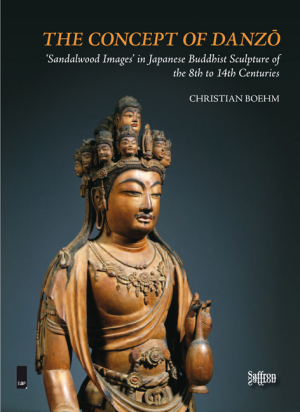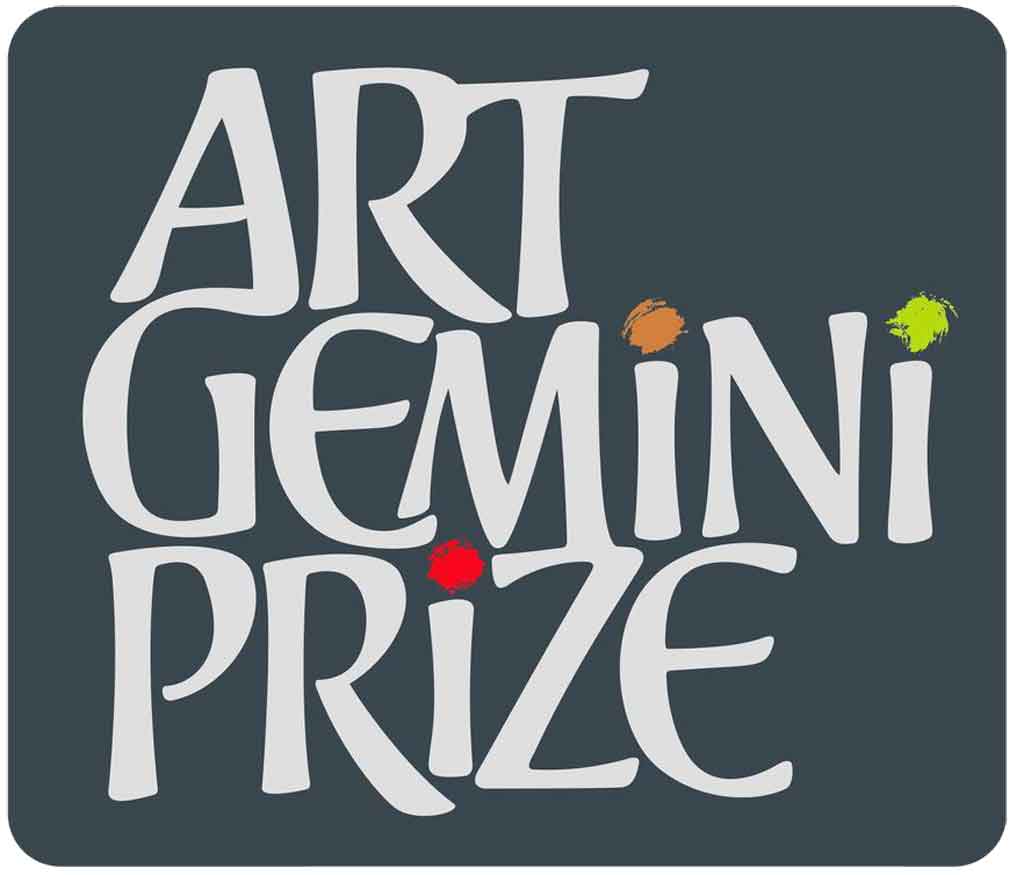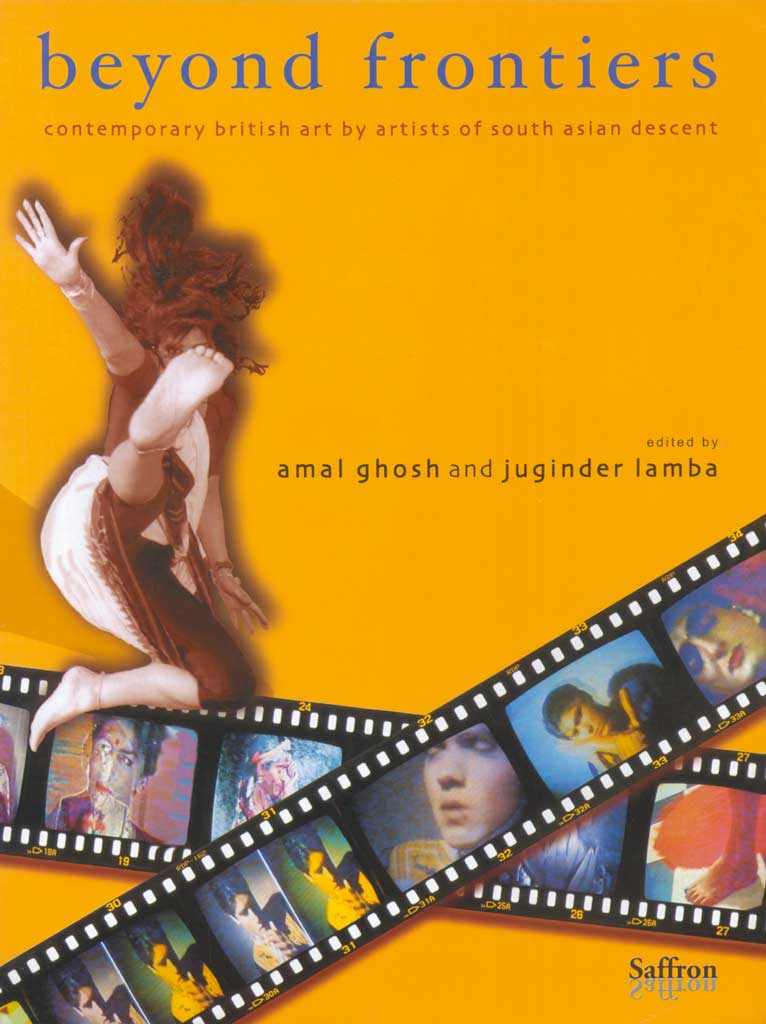Rachid Koraïchi wins the 2011 Jameel Prize
Algeria-born Rachid Koraïchi has won the GBP 25,000 Jameel Prize for a selection of embroidered cloth banners from a series entitled Les Maitres invisibles (The Invisible Masters), 2008, writes SAJID RIZVI.
Martin Roth, Director of the V&A, Hasan Jameel and Ed Vaizey MP, presented Rachid Koraïchi with the prize at a ceremony at the Victoria and Albert Museum on 12 September 2011.
The V&A’s Jameel Prize 2011 exhibition went on display 21 July 2011 and will remain on till 25 September 2011. Exhibits are spread over the Studio Gallery and the main Jameel Gallery of Islamic Art. Rachid Koraichi’s Invisible Masters banners are hung in the main gallery.
The Jameel Prize is the V&A’s GBP 25,000 international art prize awarded to a contemporary artist or designer inspired by traditions of Islamic craft and design. This year, ten artists and designers were shortlisted and the exhibition features the winning works by Rachid Koraïchi, plus the shortlisted works ranging from felt costumes to sculpture made from hand-made terracotta bricks, and from mirror mosaic to digital collages inspired by traditional Persian miniature paintings. The prize is awarded in partnership with Abdul Latif Jameel Community Initiatives (ALJCI).
The prize went to Koraïchi for a selection of embroidered cloth banners from the The Invisible Masters series, done in 2008.
The Judges felt that Rachid’s work matches the aims of the Jameel Prize through its qualities of design and reliance on traditional craft. They particularly admired how he has made his great spiritual and intellectual lineage accessible to all through the graphic language he has created out of his artistic heritage.
More relevant, though, was the timing of the award, a point not taken by most if not all of those present. For the Jameel Prize second cycle (the first was in 2009) perfectly coincided with the Tunisian revolution and there wasn’t anything else in the shortlist more symbolic than Koraïchi’s quasi-revolutionary banners, even as their inscribed content had more to do with mysticism than martyrdom in the name of democracy.
Koraichi uses Arabic calligraphy, and symbols and ciphers from a range of other languages and cultures to explore the lives and legacies of the 14 great mystics of Islam. The work aims to show that the world of Islam, in contrast to contemporary perceptions of crisis and violence, has another side entirely, evident in the tolerant and sophisticated writings of great Muslim thinkers and poets such as Rumi and El Arabi. These ‘masters’, whose fame has spread even to the West, left an imprint on successive generations and their message is just as relevant today as when first written down.
Professor Martin Roth, chair of the judging panel and Director of the V&A, said “Rachid’s work stood out because his banners have a universal appeal. They work in the white space of a contemporary art gallery, but they also hold their own in historical settings – from Parisian palaces to simple Sufi shrines.”
The winner was decided by a panel of judges chaired by Roth, with the judges including Wassan Al-Khudhairi, Director, Mathaf: Arab Museum of Modern Art, Qatar; Navid Akhtar, Executive Director, Gazelle Media; Afruz Amighi, artist; and Dina Bakhoum, Conservation Programme Manager, The Aga Khan Trust for Culture, Egypt.
Rachid Koraïchi’s winning entry is a long-term project dealing with the lives and legacies of the fourteen great mystics of Islam. Koraïchi cites great Muslim thinkers and poets like Rumi and El Arabi to show the sophistication and tolerance of Islamic ideology and how relevant it is today.
He has consistently attempted to reconcile Islamic tradition and mysticism with the aim to revive and reinvent his countries’ artistic legacy. Koraïchi puts huge value upon the craftsmen he works with as the keepers and messengers of the ‘know how’. His work is a tribute to his ancestors’ spirituality, craftsmanship and journey through history and his work draws on numerology and signs.
Contenders for this round of the Jameel Prize included Monir Shahroudy Farmanfarmaian, Bita Ghezelayagh, Babak Golkar, Aisha Khalid, Hayv Kahraman, Hazem El Mestikawy, Hadieh Shafie, Soody Sharifi and Noor Ali Chagani.
A comprehensive report on the Jameel Prize appears in Eastern Art Report Issue 77, with contributions by curators Tim Stanley and Salma Touqan and others. See also articles by Tim Stanley and Salma Touqan on this site, reproduced from the print editions.







